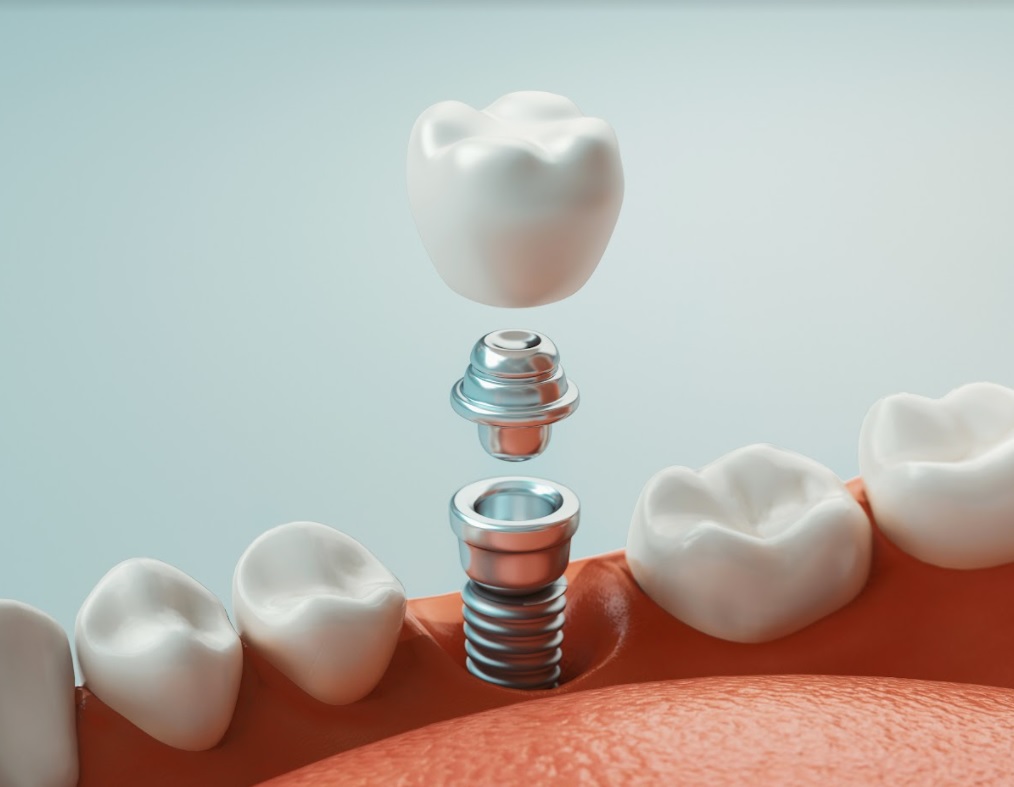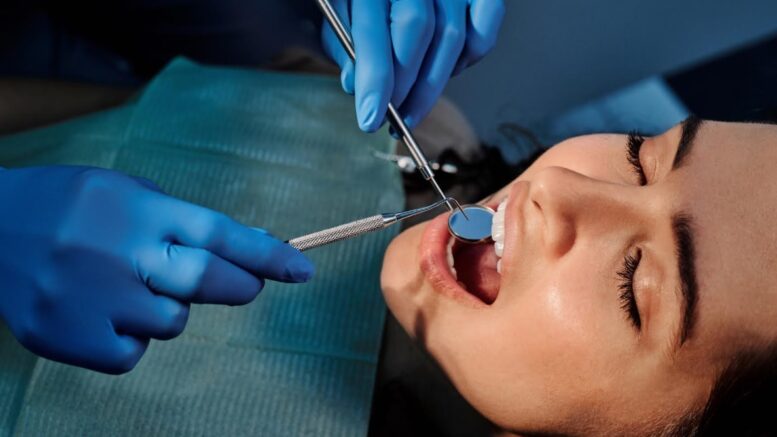Ideally, you would want to look good in all aspects of your body; teeth are no exception. Naturally, even with the best care in the world, your teeth will not be in flawless condition at all times. You might experience imperfections such as discoloration, chipping, misalignment, or misshapen teeth. Luckily, these conditions can be reversed through cosmetic dentistry. Cosmetic dentistry is oral care used to enhance your teeth’ appearance.
Some cosmetic dentistry procedures that will improve your dental aesthetics include teeth whitening, implants, composite bonding, dental veneers, inlays, and onlays. Therefore, all you have to do is look for a cosmetic dentist to conduct a seamless restorative procedure. For instance, search for a dentist in Leawood, Kansas, with an all-inclusive service provision.
If you’re looking for a “Leawood dentist”, you can visit the site.
Procedures for cosmetic dentistry
Tooth whitening
True to its name, tooth whitening, alternatively called tooth bleaching, is an oral procedure that brightens the tooth by removing any discoloration or staining. The process begins with the removal of dirt such as plaque and tartar. The procedure is followed by applying a whitening gel in three intervals for an hour. The commonly used bleaching agent contains 25% to 40% hydrogen peroxide. Alternatively, the doctor might use lasers to achieve the same results, however, in an accelerated form. The dentist shields your lips, tongue, and gum from the gel during both processes.
Dental veneers
Dental veneers are versatile tooth restorative tools that can correct many dental problems. Typically, they are tooth-like, custom-made medical-grade porcelain shells. The veneers are then carefully placed on your teeth using a dental adhesive, giving you a uniform dental line. You cannot spot the difference before and after the procedure, except for the aesthetics.
Implants
A dental implant procedure is done for severely damaged or lost teeth. Dental implants are metallic device that is surgically placed into your jawbone to act as your artificial tooth root. After a few months, bones adjacent to the implant grow and tightly hold the implant. Therefore, the dentist evaluates whether the gums and jawbone can sustain the implant before placing the implant. In the case of a soft or thin jawbone, a bone graft is performed for it to be able to handle the implant. After evaluation, the dentist cuts open the gum, accessing the jawbone. The jawbone is then drilled and the implant fitted.

Crown
Dental crowns or caps are fitted to replace missing, decayed, or poorly shaped teeth. Typically, crowns are acrylic or porcelain cemented on implants or damaged teeth. The height can cover the outer tooth partly or run down to the roots. Therefore, the dentist has to get accurate measurements of your teeth for proper fittings. The dentist uses an anesthetic to numb the gums and drills the affected tooth portion. After a thorough cleaning, the crown is fitted appropriately.
Conclusion
Performing restorative procedures to improve your dental aesthetics can make you confident when smiling. Luckily, the right dentist can perform oral functions to help you get that symmetrical smile.
